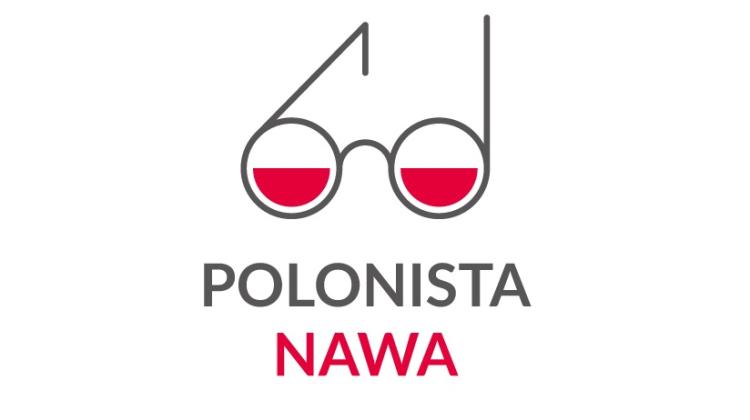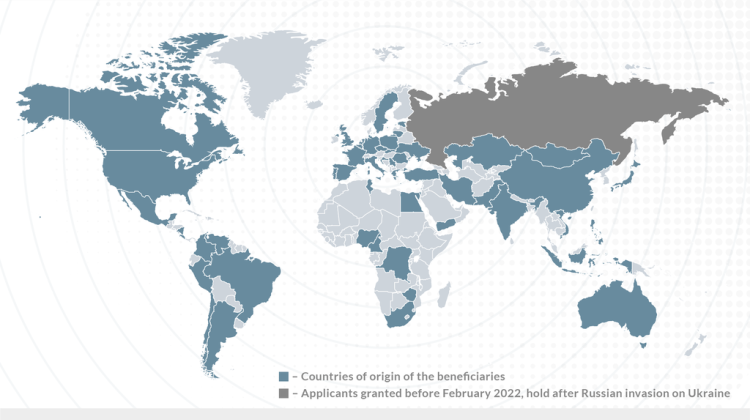Report on 10 years of Poland in the EU: Poles at the forefront of the Erasmus program

More than 120 thousand Polish students have benefited from Erasmus. In this respect, we are one of the EU leaders, according to the Ministry of Foreign Affairs report on 10 years of Poland in the EU.
The Ministry of Foreign Affairs reminded that the following the accession, Poland was included in the implementation of socio-economic strategy and educational policies of the EU. The strategy involved, inter alia, increasing the proportion of people with higher education by 2020 (Poland declared that it would be 45 percent persons at the age of 30-34 years). So far, Poland has recorded a significant - compared to other countries in the region - increase in the proportion of young people with higher education.
In 2003 it was over 17 percent of people in the 30-34 age group, and in 2012 - already more than 39 percent.
After 1 May 2004, students from Polish universities have gained access to the universities in other Member States on the same basis as students from these countries. However, according to the Eurobarometer data, only 13 percent young people from Poland choose to study abroad. "In this category we have one of the last places in the EU" - reads the report.
The authors noted, however, that Erasmus shows another, consistent trend: young Poles want to take part of the study abroad. "Poland is one of the leading European countries in terms of the number of students who went to study or practice in the Erasmus program. We have 5th place in the EU" - reads the report. In total, about 120 thousand Polish students benefited from the program that enables the exchange of foreign universities. In the first years, 6 thousand young Poles per year participated in the Erasmus, and in the last academic year this number reached 16 thousand. Most popular were universities in Spain, Germany and Italy.
The number of students from other EU countries who have chosen to come to study in Poland has also increased. Initially, 1.5 thousand Erasmus students a year were coming to Poland, and in recent years this number has increased to 9 thousand people per year. "Polish universities have hosted a total of about 42.5 thousand foreign students, mainly from Spain, Turkey, Germany, Portugal and France" - reads the report. University employees have also benefited from the Erasmus program: between the academic years 2003/2004 and 2012/2013 it was a total of more than 26.5 thousand university teachers from Poland. About 14 thousand foreign lecturers used the opportunity to come to Poland over that period.
"Poland is today one of the leaders of the use of funds available under the Erasmus program: our average use of the budget in recent years was 99 percent" - noted the report authors.
In addition, the EU funds have been used to co-finance activities related to the construction and modernization of infrastructure for education. They allowed to open new kindergartens, purchase computers for libraries and schools. Universities, in turn, could use the EU funds to expand their educational offer and improve the skills of academic staff. Structural funds were used to co-finance over a thousand investments and build or modernize educational infrastructure.
In the years 2007-2013 15.4 billion zlotys from structural funds was spent on projects relating to research and development (R&D) infrastructure and operations in Poland. Also subsidised were training courses in research management and R&D commercialisation. 6 percent of all R&D workers completed such training courses.
Thanks to the EU funds it was also possible to finance so-called ordered courses. This has contributed to the increase in the percentage of candidates willing to study mathematics, science and natural sciences (from 25 percent in 2007 to almost 33 percent in 2012). The structural funds were also used to raise the qualifications of Polish teaching staff. With EU funding, teachers could take postgraduate studies. In addition, the EU co-financed the promotion of vocational training.
"To illustrate the amount of funds entire education sector in Poland has received, a wider range of available instruments should be taken into account. In the financial perspective 2007-2013, Polish in the four operational programs, universities and research units obtained grants worth about 18.6 billion zlotys from the structural funds (as of 28.02.2014)" - reads the report.
PAP - Science and Scholarship in Poland
lt/ ula/ eaw/
tr. RL
Przed dodaniem komentarza prosimy o zapoznanie z Regulaminem forum serwisu Nauka w Polsce.

















